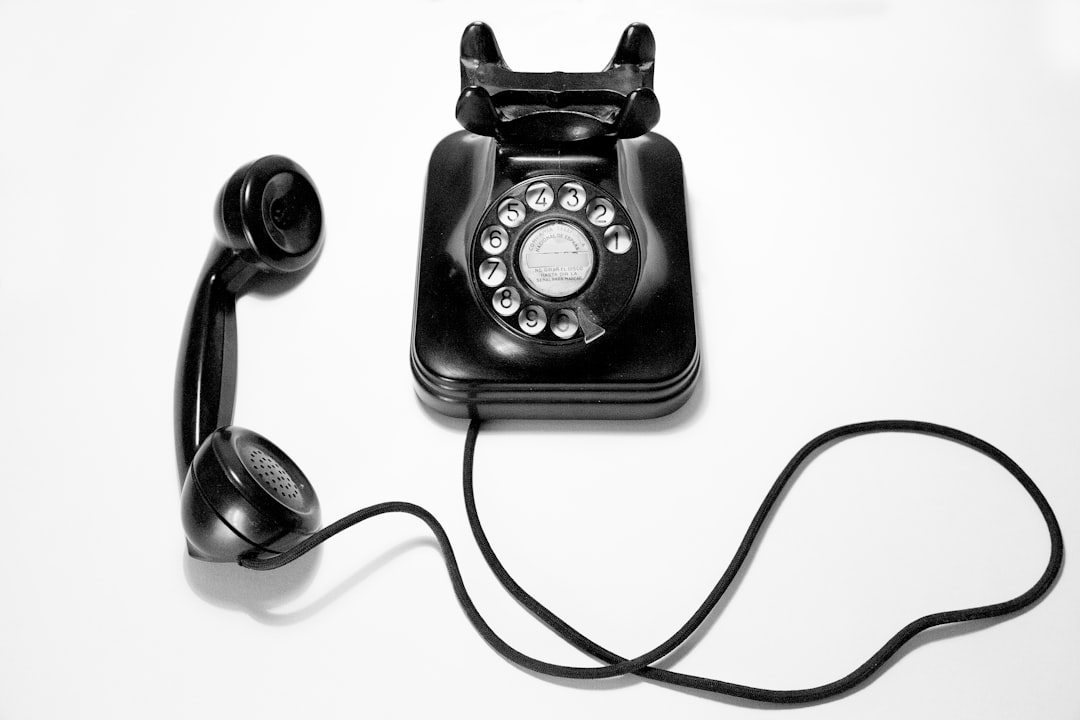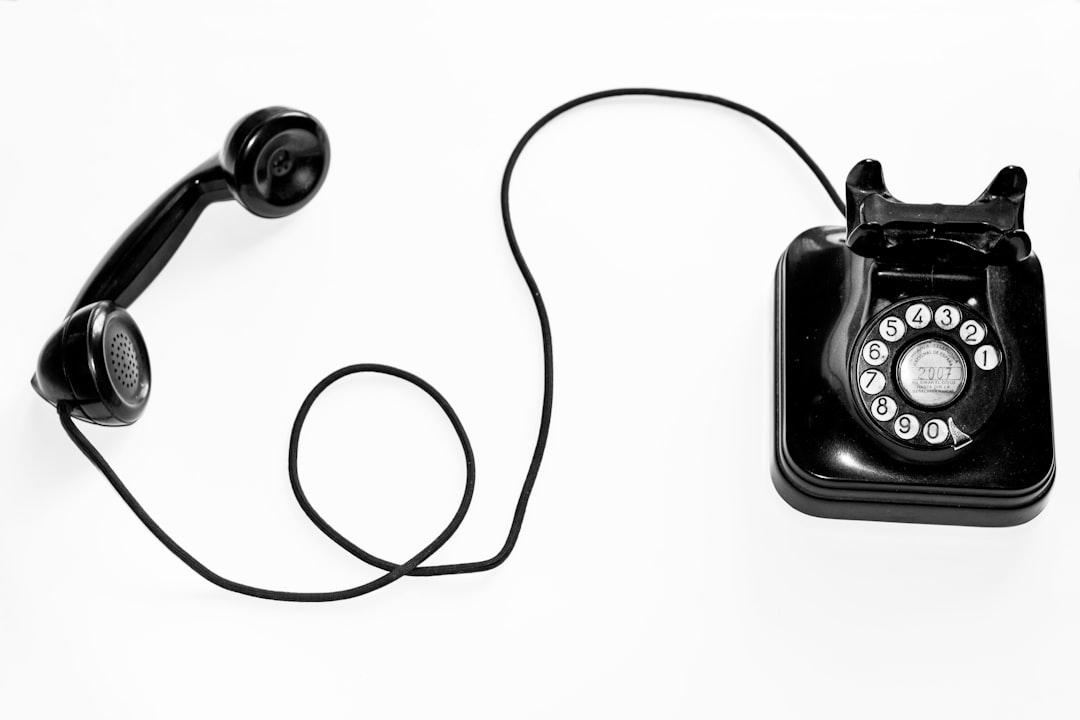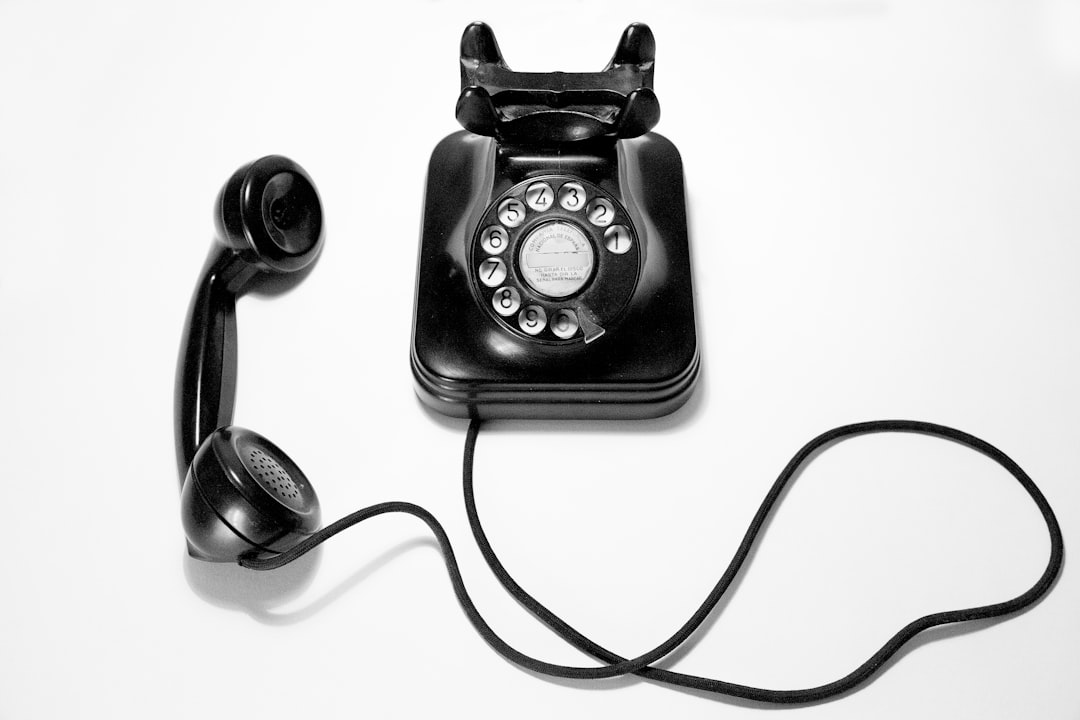In Montana, both federal (TCPA) and state (UDAP) laws protect consumers from unwanted robocalls. If you've received marketing robocalls without consent, document the calls with evidence like screenshots or call logs. Initiate a small claims case by gathering caller details, timestamps, and call content; file a complaint at the local Montana court with supporting documents; and use keywords 'robocall Montana' throughout. Prepare your case by organizing evidence, reviewing laws, practicing presentation, and preparing witness statements for a calm, confident court appearance.
Tired of unwanted robocalls? You’re not alone. In Billings, Montana, understanding your rights under state laws is crucial. This guide walks you through filing a Small Claims case against a robocaller, offering clear steps from gathering evidence to presenting your case in court. With specific instructions tailored to Montana’s robocall regulations, you’ll learn how to take action and reclaim your peace of mind.
Understanding Robocall Laws in Montana

In Montana, robocalls are regulated by state and federal laws designed to protect consumers from unwanted and deceptive calls. The Telephone Consumer Protection Act (TCPA) at the federal level and Montana’s Unfair or Deceptive Acts and Practices (UDAP) statute at the state level both address robocalls. These laws allow individuals to take action against companies that make automated phone calls for marketing purposes without prior consent.
Understanding these regulations is crucial when considering a small claims case against a robocall. In Montana, a call is considered a robocall if it uses an automatic dialing system or prerecorded messages. If you’ve received such calls, you may have the right to file a claim for damages, including the cost of the call and any emotional distress caused. It’s essential to keep records of these calls, such as screenshots or call logs, as evidence should you decide to pursue legal action.
Steps to File a Small Claims Case

To file a small claims case for a robocall in Billings, Montana, start by gathering essential information. Note down the details of the caller, including their phone number and any identifying information provided during the call. Next, record the dates and times of each robocall incident, as well as the specific messages or content delivered. This documentation is crucial for supporting your case.
Once you have the necessary details, file your small claims complaint at the appropriate court in Montana. Fill out the required forms accurately and completely, providing a clear description of the robocall incident(s). Submit the completed forms along with any supporting documents, such as screenshots or recordings of the calls. Remember to keep copies of all submitted materials for your records.
Gathering Evidence and Preparing for Court

When preparing your small claims robocall case in Billings, Montana, gathering evidence is a crucial step. Document all interactions with the caller, including dates, times, and a detailed description of each call. Save any messages left by the robocaller and any records of payments or attempts to opt out of calls. Additionally, gather any receipts or proof of purchases related to the case if applicable. These documents will serve as tangible evidence to support your claim in court.
Before heading to court, spend time organizing your evidence and preparing your arguments. Review Montana’s robocall laws and regulations to understand your rights and the legal basis for your case. Practice presenting your case, ensuring you can clearly articulate the facts and explain how they violate the law. Prepare any witness statements or affidavits, as these can strengthen your argument. Dress appropriately for court, arrive early, and be ready to present your evidence calmly and confidently.






